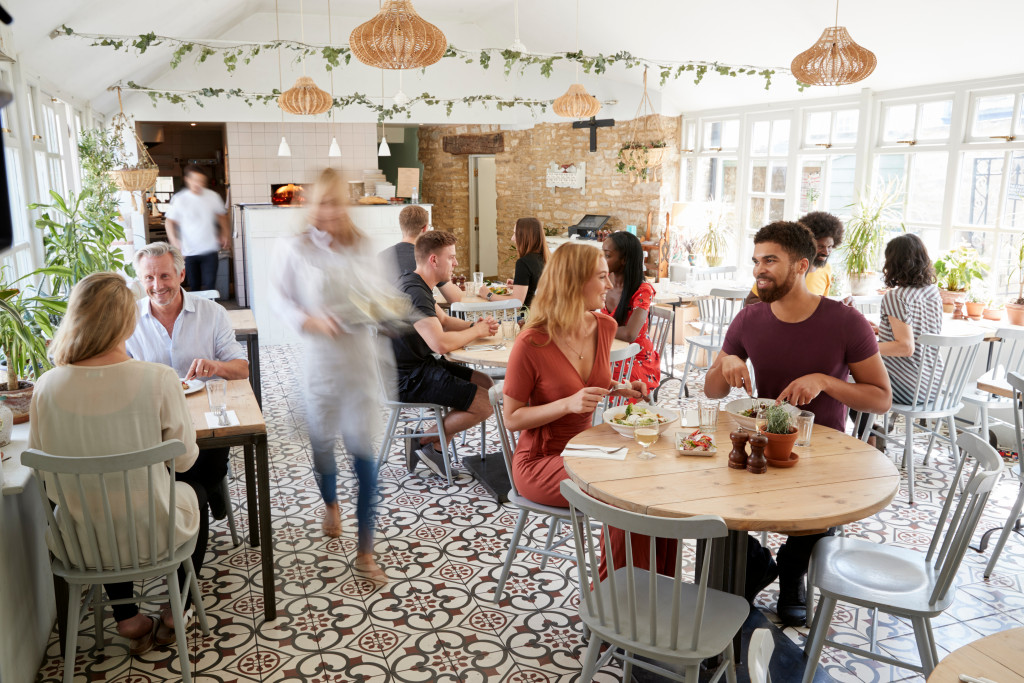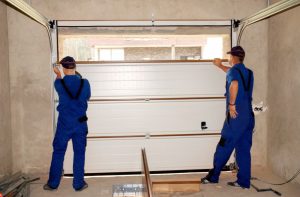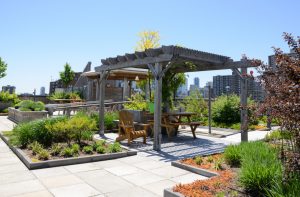Starting a restaurant is one of the most seamless business ideas to accomplish. You can even set up the establishment yourself if you have cooking skills and capital. There are many options to choose from for your venture, from a small cafe to a big-time cuisine. Your choice depends on the ingredients or meals you can cook. If you are more entrepreneur than a chef, franchising opportunities can still take you to the profitable restaurant business. However, there might be one obstacle you could find challenging to overcome.
Restaurants require established locations that can put your business in front of people. The high-traffic areas, however, cost a lot of money. Commercial establishments can be worth the investment if it means bringing in more customers, but you cannot deny how much it can cripple your finances. When you factor in the costs for restaurant equipment, daily supplies and ingredient procurement, and staff hiring, your dream business might take years to start. However, you’ll find that creating a restaurant anywhere can expose your meals to more people. They might end up traveling to line up at your doorstep. As a result, some entrepreneurs build their restaurants at home. Here are a few ways to help you turn your residential property into a commercial restaurant.
Utilizing the Front Lawn or Backyard Space
Using your home as the first restaurant’s location is not something new. You can find plenty of business success stories on the internet of entrepreneurs starting in their respective garages. Your restaurant can follow that strategy. However, it means letting people inside your private space. It might not be a problem for you, but what about your family? Establishing a restaurant at home might require significant adjustments, but there is a way to prevent too many changes from happening. Your outdoor area might be enough to fit the number of customers arriving. Your home’s interior design doesn’t have to change, ensuring comfort and privacy for the rest of your family. You can serve meals in your front lawn or backyard, provided that entry points are accessible. There are only three primary issues to consider. One is the restroom, which you can solve by adding stalls or renovating a small area of your home. The second is the weather, which could ruin your customers’ experience. Fortunately, awnings and roof extensions are available. The outdoor surface is the third potential problem, but you can apply concrete or install wooden decks. The strategy benefits both your family and your restaurant business, ensuring a cohesive environment where everyone can enjoy.
Widening the Kitchen Area

Starting a restaurant at home might be ideal, but you must remember that the business aims to serve as many customers as possible to profit. Unfortunately, your current kitchen might only have enough space for your family. It becomes smaller when you have to feed over hundreds of customers a day. The area becomes unsanitary and unsafe, especially when you are the only one managing the kitchen. A wider space will be necessary, resembling that of a commercial kitchen. Therefore, getting a general contractor to help you with the renovation is necessary. You can expand it to take over your dining room, especially when you have many ingredients to keep in specific temperatures. Your family might have to adjust, but you can find plenty of eating spaces at home to prevent the renovation from turning into a significant change.
Separating the Public Space From the Private Quarters
It is necessary to plan out the area of operations when converting your home into a restaurant. Many private spaces must be off-limits to customers, ensuring that your family remains comfortable. The bedrooms, exclusive bathrooms, and nurseries should never be accessible to outsiders. Unfortunately, your current home design might require customers to pass through the house before reaching the dining area.
Mapping out the layout should be your top priority. The areas that usually take the hit are the front porch and the living room. Since they already have existing designs, your adjustments can start with removing valuable household items and moving them to the second floor. Gaming consoles, televisions, computers, and furniture might have to be away from customers’ reach. The goal is to ensure they don’t want to wander around the house. Keeping the upstairs area sealed with a stairs gate might also be necessary, ensuring that you’ll get notified when someone tries to go up. Residential properties are still private areas. Customers must respect that, but taking precautionary measures should be your top priority.
Your restaurant business will benefit significantly from removing commercial space rental from business expenses. However, it doesn’t mean that your house won’t need adjustments. It might take a while for your restaurant to become a trend, which means delayed profits to expand to a better area. However, you won’t achieve your goal if you sit and wait for the money to arrive in your pocket.






